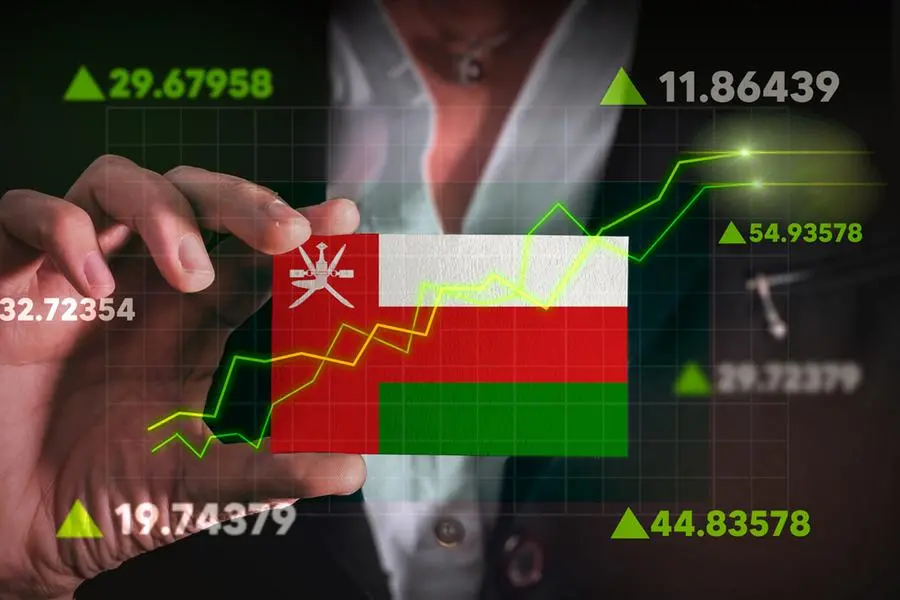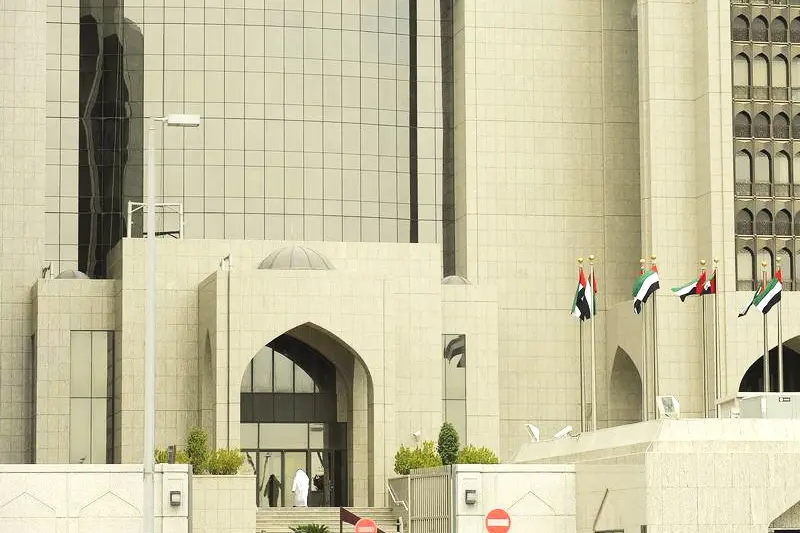PHOTO
MUSCAT: International ratings agency Moody's Ratings on Thursday changed the outlook on the Government of Oman to positive from stable and affirmed its Ba1 long-term issuer and long-term senior unsecured ratings. It also affirmed the Government of Oman's (P)Ba1 senior unsecured medium-term note programme rating.
The key driver for the change of the outlook to positive, it said, is the ongoing improvements in the government's debt metrics, supported by elevated oil prices and prudent fiscal management, which increase the likelihood that Oman's fiscal strength could be sustained at a level consistent with a higher rating.
A declining debt burden, in particular the foreign-currency portion of debt, increases the government's capacity to absorb shocks, such as those caused by cyclical fluctuations in the global energy markets or increases in global interest rates.
The affirmation of the Ba1 ratings is supported by Oman's high per-capita income, the government's moderate debt burden and its improving track record of fiscal policy effectiveness, which are set against the economy's relatively modest growth dynamics and the sovereign's heavy economic and fiscal reliance on the hydrocarbon sector.
“This reliance exposes government finances to sudden material deterioration in response to cyclical declines in oil prices and, in the longer term, to the negative credit effects of global carbon transition. Over the next few decades, we expect oil exports to produce less robust revenues at peak oil prices and weaker revenues at trough oil prices compared to historical experience because global initiatives to limit the adverse impacts of climate change will increasingly constrain the use of hydrocarbons and accelerate the shift to less environmentally-damaging energy sources,” Moody’s stated.
The positive outlook reflects further improvements in Oman's government debt metrics observed over the past nine months, which increase the likelihood that Oman's fiscal strength could be sustained at a stronger level, the agency noted.
“In particular, government debt declined by nearly 27 per cent in nominal terms during 2022-2023 and a further 5.6 per cent during the first seven months of 2024, reaching around 34 per cent of the projected full-year GDP in July 2024.”
The declining debt burden, which the government achieved through its prudent fiscal management of windfall revenue gains from elevated oil prices, has continued to expand the government's fiscal space, strengthening its capacity to absorb unexpected external shocks, which is likely to make the recent gains in fiscal strength indicators more sustainable in the medium term, Moody’s said.
Significantly, Oman's government debt reduction over the past two years has been achieved without drawing down its stock of financial assets. The level of assets in the Petroleum Reserve Fund, which is the main internal source that supports government debt service payments, increased to $3.2 billion by mid-August 2024 from $2.7 billion at the end of 2023 and $1.9 billion at the end of 2022.
Further debt repayments during 2024 were supported by a fiscal surplus, which reached around 1 per cent of the projected full year GDP in the first half of 2024.
“Strong fiscal performance this year has been underpinned by still supportive oil prices as well as spending restraint. Overall government expenditure in the first half of 2024 increased by only 2 per cent compared to the same period of last year, well below nominal GDP growth and in line with the approved budget, demonstrating an improving track record of fiscal policy effectiveness,” it further added.
2022 © All right reserved for Oman Establishment for Press, Publication and Advertising (OEPPA) Provided by SyndiGate Media Inc. (Syndigate.info).























